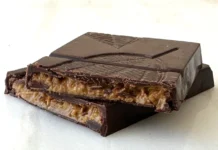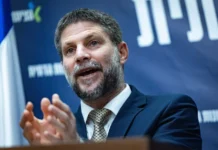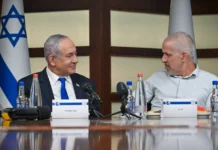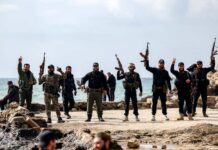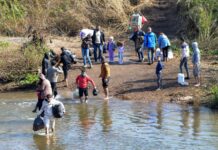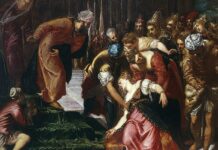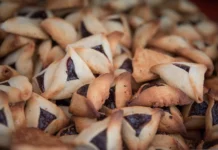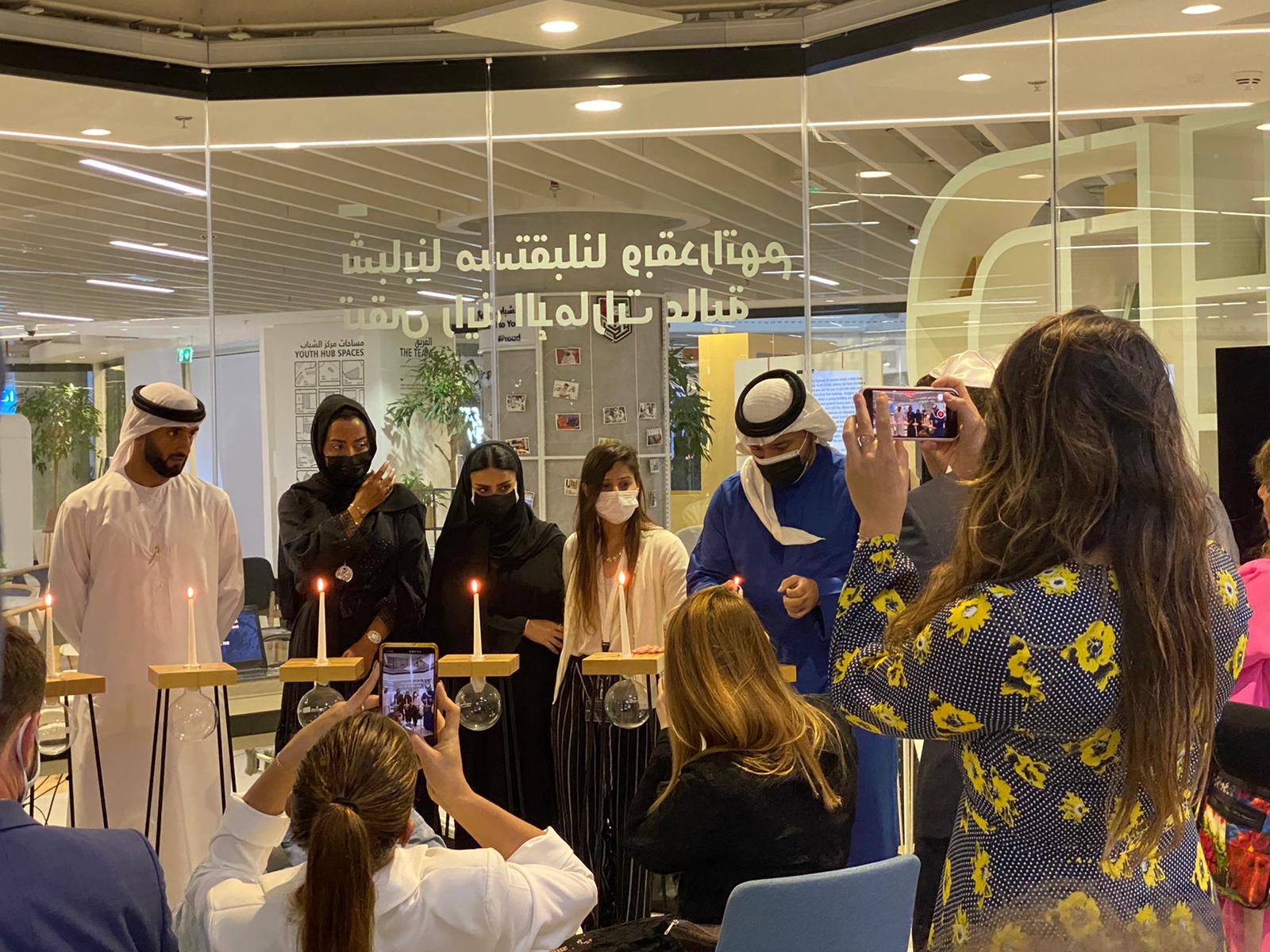Marking Israel’s Holocaust Remembrance Day in an Arab country would once have been considered unthinkable. Yet this is exactly what a group of us did on April 7 at the Crossroads of Civilizations Museum in Dubai.
The location in the historical Shindagha neighborhood, which boasts the unchanged original architecture of the homes of the sheikhs, was special. That the museum is located in the former residence of Sheikh Maktoum Hasher Maktoum Al Maktoum, the second cousin once removed of Dubai’s current ruler, Mohammed bin Rashid Al Maktoum, was even more so.
The guest list, including dignitaries, intellectuals and people from all around the world, underscored the official nature of the event, which was full of historic firsts. Among these was the Yellow Candle Project, the lighting of candles to commemorate specific victims who perished in the Nazi genocide. But beneath the surface lay something even more important—the expressions of diversity, multiculturalism unity and tolerance that characterized the ceremony.
As a Canadian-born Israeli, I grew up with the values of a multicultural society. As an immigrant to Israel, I became familiar with the expression of Jewish identity based on the collection of many different Jews who live there. As a visitor to the United Arab Emirates, I experienced a unique blend of “East meets West.”
While his speech included the message of “Never Again,” it went deeper, providing facts about the Holocaust to dispel false stereotypes that have been promulgated in the Arab world and to educate Jews about Arabs who sheltered Jews, which is a story not often heard. This way of memorializing the Holocaust was an attempt to take the positive from what Almansoori explained was a crime against humanity.
As UAE Chief Rabbi Yehuda Sarna stated in his speech, the stories that Jews typically hear about Arabs and the Holocaust are like that of Grand Mufti of Jerusalem Amin al-Husseini, who pledged allegiance to Hitler. Yet there were many upstanding Arabs who risked their lives to save Jews.
Rabbi Sarna recounted the tale of his mother-in-law’s sister, rescued by an Arab doctor in Berlin who forged conversion papers to Islam, to forge a marriage certificate for her to his cousin in Egypt. His actions saved her life.
This narrative is also the start of something new.
The Hebrew “El Malei Rahamim” gravesite prayer is recited on Holocaust Remembrance Day for the souls of the slaughtered 6 million Jews. At the Dubai service, the co-founder of the Jewish community, an ex-pat from Belgium, sang this prayer in the Ashkenazi accent of eastern Europe.
Again differentiating this service from others, Rabbi Dr. Ellie Abadi, a Lebanese-born American, translated the prayer into Arabic and sang it with an Arabic maqam melody. If that were not unique enough, halfway through, Rabbi Abadi paused to allow for the muezzin to complete his call to prayer from the minaret of the nearby mosque.
Whether it was the Canadian ambassador to the UAE telling her personal story of being the daughter of a survivor, and her father’s story of being hidden by the Catholic Church, or an Israeli recalling her grandfather’s participation in a concentration camp revolt, each tale was new to the region.
There is a saying that “behind every name of a victim, there is a story.” But what happened at the UAE’s Holocaust Remembrance Day is that the stories were heard in a new context and viewed through a new lens with a different perspective.
It is easy to overlook the unpredictable effects of the Abraham Accords. The Holocaust remembrance event in the UAE is one such effect. Others have been a Passover seder in the desert and Shabbat dinners in Dubai. Ultimately, fresh eyes and positive interactions between Muslims and Jews will define the future of the region.
Michael Sussman is the CEO of Sussman Corporate Security. He previously worked at the House of Commons in Canada and at the Van Leer Jerusalem Institute in Israel. He is editor of the book Varieties of Multiple Modernities: New Research Design.

